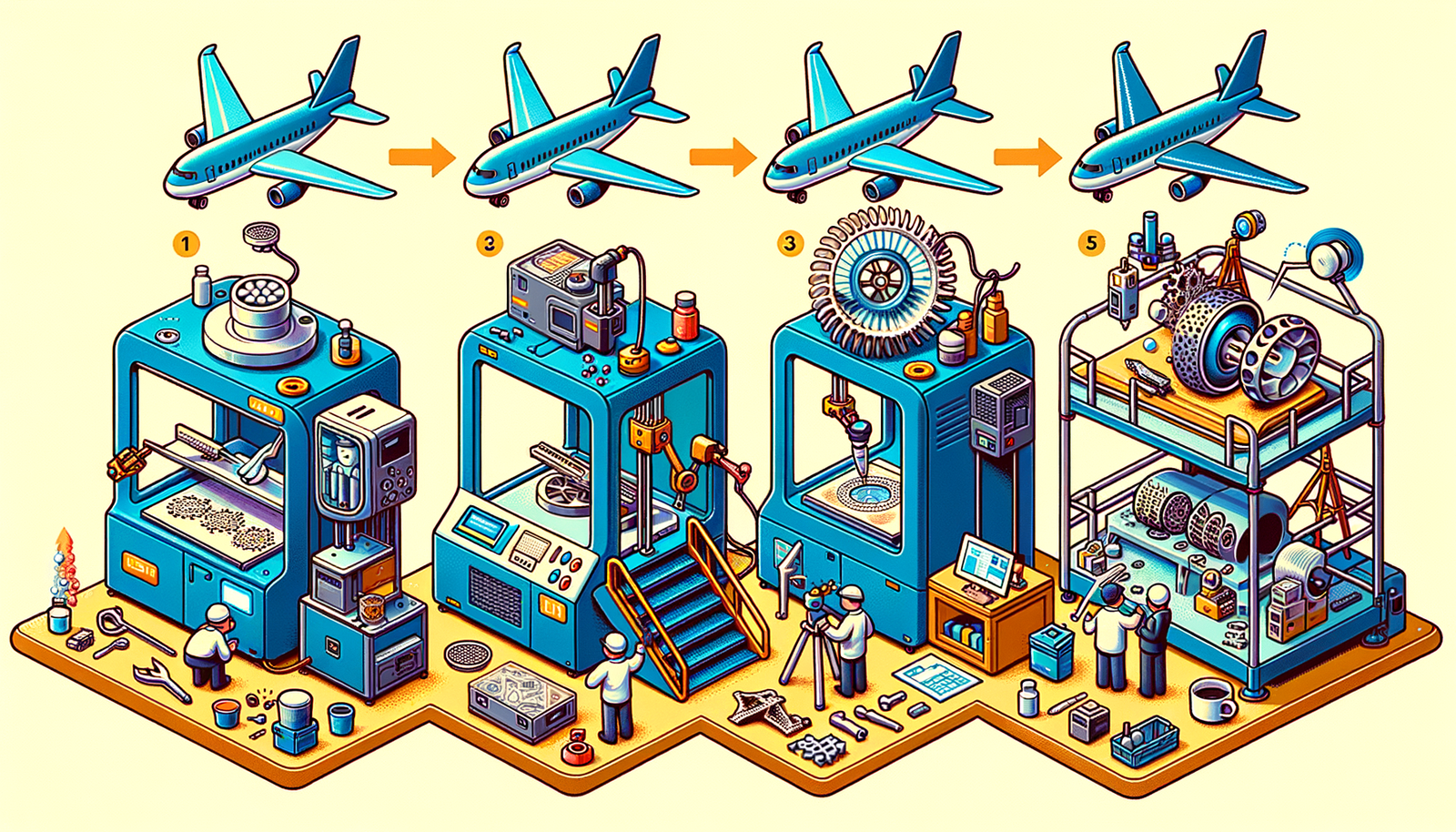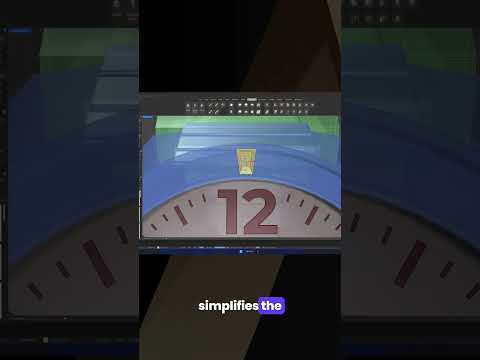Your Cart is Empty
Customer Testimonials
-
"Great customer service. The folks at Novedge were super helpful in navigating a somewhat complicated order including software upgrades and serial numbers in various stages of inactivity. They were friendly and helpful throughout the process.."
Ruben Ruckmark
"Quick & very helpful. We have been using Novedge for years and are very happy with their quick service when we need to make a purchase and excellent support resolving any issues."
Will Woodson
"Scott is the best. He reminds me about subscriptions dates, guides me in the correct direction for updates. He always responds promptly to me. He is literally the reason I continue to work with Novedge and will do so in the future."
Edward Mchugh
"Calvin Lok is “the man”. After my purchase of Sketchup 2021, he called me and provided step-by-step instructions to ease me through difficulties I was having with the setup of my new software."
Mike Borzage
Top 5 Practices for Integrating Scene Management with Real-Time Rendering in Design Workflows
July 27, 2024 3 min read


Introduction
The evolution of design and visualization workflows has been significantly influenced by the integration of efficient scene and asset management alongside real-time rendering techniques. These components are essential for providing instant feedback during the design process, which not only accelerates project timelines but also elevates the quality of the final outcomes. Understanding and applying these strategies is crucial in today's fast-paced design environments.
Understanding Scene and Asset Management
Scene management in design software involves the organization and control of all elements in a design scene, enabling designers to work more effectively and efficiently. This concept is pivotal for managing complex projects where multiple assets interact within a single scene. Similarly, asset management plays a vital role by ensuring that all design components, such as textures, models, and materials, are well organized and easily accessible. This is achieved through various strategies, which include:
- Categorizing assets by type or use-case to streamline retrieval.
- Implementing naming conventions that simplify the search and identification process.
- Utilizing software features like tagging and metadata to enhance asset organization.
Fundamentals of Real-Time Rendering
Real-time rendering stands out by offering immediate visual feedback, a stark contrast to the time-intensive processes associated with traditional rendering techniques. This method leverages the power of modern GPUs and sophisticated software algorithms to create photorealistic visuals in fractions of a second. The advantages for designers are manifold, as it allows for rapid iterations and decision-making, greatly benefiting the creative workflow.
Integrating Efficient Scene Management with Real-Time Rendering
The fusion of efficient scene management and real-time rendering techniques can dramatically enhance workflow efficiency. Optimizing scene setup for real-time feedback involves meticulous organization of assets and thoughtful planning of the scene structure. Effectively leveraging asset libraries in real-time scenarios ensures that resources are utilized to their fullest, facilitating a smoother design process that accommodates rapid changes and updates.
Advanced Real-Time Rendering Techniques
Exploring advanced real-time rendering techniques such as ray tracing, global illumination, and physically based rendering reveals their significant impact on visual fidelity and the overall design decision-making process. These techniques simulate realistic lighting and materials, providing designers with a powerful toolset to achieve unprecedented levels of realism in their visuals. The implementation of these advanced methods requires a deep understanding of both the hardware and software capabilities to fully harness their potential.
Challenges and Solutions in Scene and Asset Management for Real-Time Rendering
Despite the advantages, designers and engineers frequently encounter challenges, particularly with high asset fidelity resulting in increased load times. Addressing these issues involves employing solutions and best practices such as:
- Implementing level of detail (LOD) techniques to balance visual quality with performance.
- Utilizing asset compression methods to reduce file sizes without compromising too much on quality.
- Optimizing asset libraries for quick access and efficient usage within real-time rendering environments.
Conclusion
Mastering the art of combining efficient scene and asset management with cutting-edge real-time rendering techniques represents a cornerstone of modern design and visualization industries. This powerful synergy not only streamlines the design process but also enhances the quality of the outcomes by providing instant feedback, thus enabling faster iterations. Designers and visualization professionals are encouraged to continuously explore and adapt these practices in their work, fostering an environment of continuous improvement and innovation.
Also in Design News

Design Software History: The Evolution of 3D Printing in Aerospace: From Prototyping to Production
November 27, 2024 7 min read
Read More
Cinema 4D Tip: Optimizing Workflow with Team Render in Cinema 4D
November 27, 2024 2 min read
Read MoreSubscribe
Sign up to get the latest on sales, new releases and more …



